Home>Articles>What Is Shiplap? A Guide To The Popular Building Material
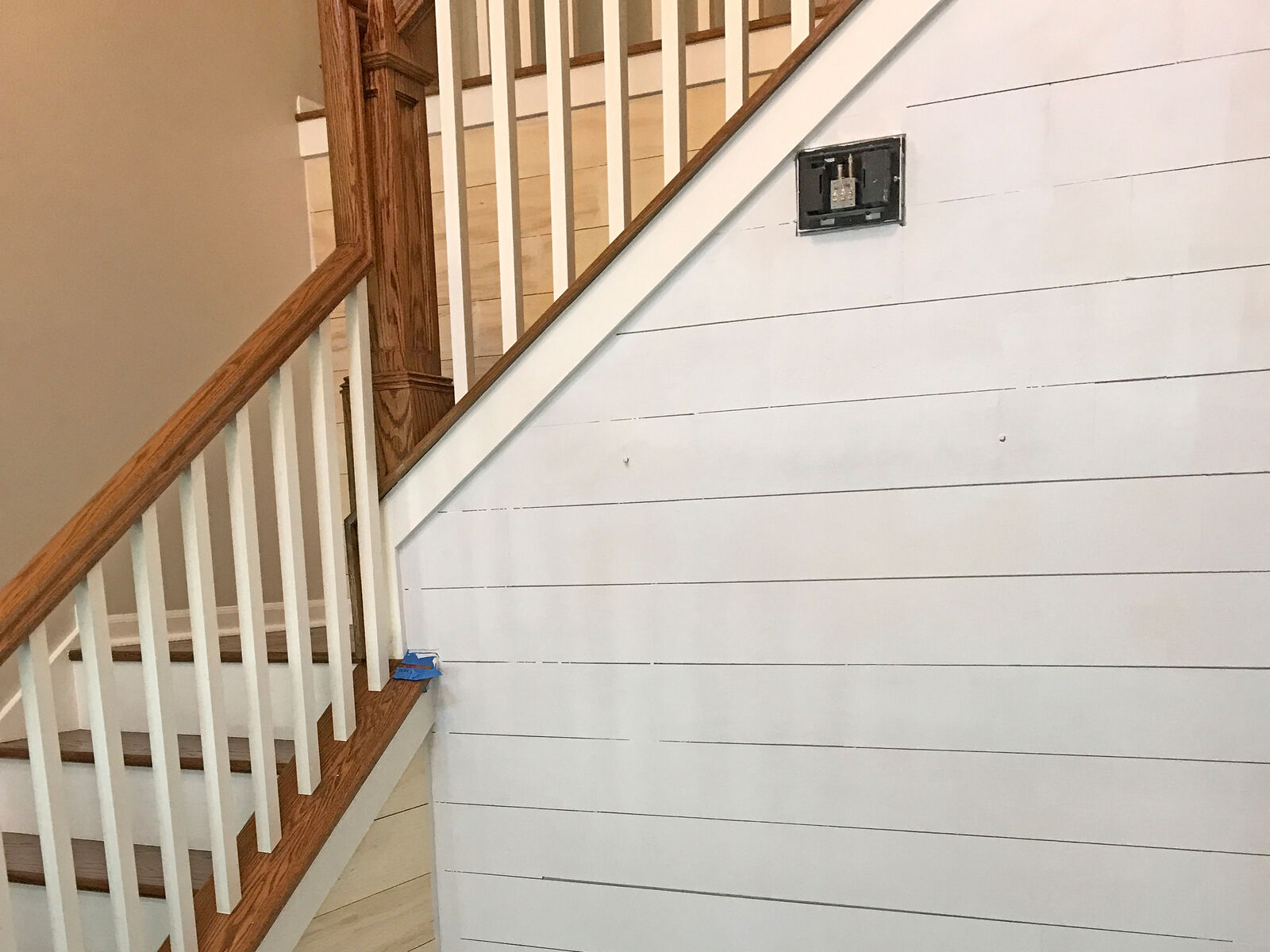

Articles
What Is Shiplap? A Guide To The Popular Building Material
Modified: January 18, 2024
Discover the versatility of shiplap, a trending building material, through this comprehensive guide. Find expert articles on shiplap installation, design ideas, and more.
(Many of the links in this article redirect to a specific reviewed product. Your purchase of these products through affiliate links helps to generate commission for Storables.com, at no extra cost. Learn more)
Introduction
Welcome to the ultimate guide on shiplap – the popular building material that has taken interior design by storm. Shiplap has gained significant attention in recent years for its rustic, timeless charm and versatility. Whether you’re a DIY enthusiast, a homeowner looking to refresh your space, or an interior designer seeking inspiration, this comprehensive guide will provide you with all the information you need to know about shiplap.
So, what exactly is shiplap? How did it become such a popular choice for interior design projects? What are the different types of shiplap available? How can you install and maintain shiplap effectively? We will delve into these questions and much more throughout this guide, so let’s get started!
Shiplap is a type of wooden board that has been used for centuries in the construction of barns, sheds, and ships. Its distinctive feature lies in the way the boards fit together. Instead of overlapping, they have a tongue-and-groove design that allows them to interlock seamlessly. This creates a tight, weather-resistant seal, making shiplap ideal for exterior cladding. However, in recent years, shiplap has found its way indoors, becoming a popular choice in modern farmhouse, coastal, and rustic interior designs.
The rise in popularity of shiplap can be attributed to several factors. Firstly, its versatility allows it to be used in a variety of spaces and styles. Whether you’re looking to create a cozy accent wall in your living room, add charm to a bedroom, or create a unique backdrop for your fireplace, shiplap can be incorporated in various ways. Its clean lines and natural textures add depth and character to any room.
Furthermore, shiplap’s association with farmhouse aesthetics and the “Fixer Upper” TV show, hosted by Chip and Joanna Gaines, has fueled its widespread recognition. The show’s emphasis on creating warm, inviting spaces has propelled the popularity of shiplap as a key element in achieving that look.
In the following sections, we will explore the history of shiplap, its benefits, the different types available, installation techniques, tips for maintenance, and even creative uses beyond traditional wall paneling. By the end of this guide, you’ll have a comprehensive understanding of shiplap and be prepared to embark on your next interior design project with confidence. Let’s dive in!
Key Takeaways:
- Shiplap, with its timeless charm and versatility, offers a myriad of creative applications beyond traditional wall paneling, including ceilings, kitchen backsplashes, and even furniture accents, allowing you to transform your space in unique and visually captivating ways.
- The rich history, practical benefits, and diverse material options of shiplap make it a sought-after choice for interior design projects, providing durability, easy maintenance, and the ability to add depth, warmth, and character to any room.
What is Shiplap?
Shiplap, at its core, is a type of wooden paneling commonly used for interior and exterior walls. It is characterized by the way the boards are joined together. Unlike traditional paneling or siding where the boards overlap, shiplap boards have a unique tongue-and-groove design that allows them to fit tightly together. This creates a distinctive gap between each board, adding depth and texture to the overall look.
The term “shiplap” actually refers to the way the boards are joined rather than the type of wood used. Shiplap construction dates back to the 17th century when it was commonly used in shipbuilding. The interlocking design helped to create watertight seals, improving the vessel’s durability and resistance to the elements. Over time, it made its way into architecture, and today it is celebrated for its aesthetic appeal in both modern and traditional spaces.
Shiplap comes in various materials, including pine, cedar, and even engineered wood. Pine is the most popular choice due to its affordability and easy availability. Cedar, on the other hand, is known for its natural resistance to decay and insect damage, making it a great option for exterior applications. Engineered wood shiplap offers a budget-friendly alternative while still providing the same visual appeal.
What sets shiplap apart from other types of paneling or siding is its versatility. The characteristic gap between the boards creates an interesting play of light and shadow, adding depth and visual interest to any space. It can be installed horizontally, vertically, or even diagonally, depending on the desired aesthetic. This flexibility allows shiplap to be used in a variety of ways, whether it’s to create an accent wall, paneling on ceilings, or even as wainscoting.
Shiplap has become synonymous with the modern farmhouse style, thanks in part to its association with the popular home renovation TV show, “Fixer Upper.” However, its appeal extends beyond just one design trend. The clean lines and natural textures of shiplap lend themselves well to a wide range of interior styles, including coastal, rustic, Scandinavian, and even contemporary.
In the next sections, we’ll explore the rich history of shiplap, its benefits as a building material, the different types available, and the process of installing and maintaining it. So, whether you’re considering a shiplap accent wall or contemplating a full-scale shiplap makeover, read on to discover everything you need to know to make informed design decisions.
The History of Shiplap
The history of shiplap dates back centuries to its origins in shipbuilding. The term “shiplap” itself refers to the type of joint used to connect the wooden boards, creating a tight and weather-resistant seal. This construction method was primarily used to build ships, hence the name.
Shiplap was a crucial element in shipbuilding because it served as a protective layer against the harsh elements of the sea. The interlocking design of the boards created a watertight seal that helped to prevent leaks and keep the ship’s interior dry. As a result, ships could withstand the constant exposure to saltwater, waves, and unpredictable weather conditions.
With the passage of time, the benefits of shiplap construction were recognized beyond just ships. The same principles that made shiplap effective for ships made it a popular choice for other structures, such as barns, sheds, and homes. Its ability to create a tight seal and withstand various environmental conditions led to its widespread use in construction across different industries.
Shiplap gained particular popularity in rural areas where it was used extensively for outbuildings and agricultural structures. The durable and weather-resistant nature of shiplap made it well-suited for these types of buildings, which had to withstand constant exposure to the elements.
In recent years, the aesthetic qualities of shiplap have gained immense admiration. Shiplap’s tight-fitting, overlapping design creates distinctive horizontal or vertical lines, adding visual interest and texture to interior spaces. This aesthetic appeal has led to shiplap becoming a popular choice for interior wall paneling in modern farmhouse, coastal, and rustic design styles.
Shiplap’s rise in popularity can also be attributed to its association with the hit home renovation TV show, “Fixer Upper,” hosted by Chip and Joanna Gaines. The couple often incorporated shiplap into their design projects, showcasing its potential to bring warmth and character to a space. The show’s focus on creating cozy and inviting interiors sparked a shiplap trend that continues to this day.
Today, shiplap is loved for its timeless charm, versatility, and ability to add a touch of rustic elegance to any space. Whether used as a focal point with an accent wall or incorporated throughout an entire room, shiplap remains a popular choice for both homeowners and interior designers alike.
In the following sections, we will explore the benefits of using shiplap, the different types available, how to install and maintain it, and even some creative uses beyond traditional wall paneling. So, join us as we continue our journey through the world of shiplap!
Benefits of Using Shiplap
Shiplap offers a multitude of benefits that have contributed to its popularity in interior design and beyond. From its aesthetic appeal to its practical advantages, using shiplap can enhance your space in numerous ways. Let’s explore some of the key benefits of incorporating shiplap into your home or project.
1. Timeless Charm: Shiplap brings a timeless charm to any space. Its clean lines and distinctive horizontal or vertical patterns add depth and visual interest, creating a classic and enduring look that transcends design trends. Whether your style is modern farmhouse, coastal, or rustic, shiplap effortlessly complements a wide range of aesthetics.
2. Versatility: Shiplap offers immense versatility in its application. It can be used in various ways, such as accent walls, ceilings, wainscoting, fireplace surrounds, and even furniture. Its ability to be installed horizontally, vertically, or diagonally provides endless design possibilities, allowing you to showcase your creativity and design vision.
3. Texture and Depth: The characteristic gap between the shiplap boards creates a play of light and shadow, adding texture and depth to your space. This creates visual interest and makes a room feel more dynamic and inviting. The natural textures of the wood can also bring warmth and richness to your interior.
4. Easy Installation: One of the advantages of shiplap is its relatively simple installation process. With its tongue-and-groove design, the boards fit together seamlessly, making it easier for both professional contractors and DIY enthusiasts to install. This can save time and money on labor costs if you choose to tackle the project yourself.
5. Hide Imperfections: Shiplap can effectively hide imperfections on your walls. If you have uneven or damaged surfaces, applying shiplap can provide a smooth and uniform appearance. Additionally, shiplap can help to cover electrical wiring or plumbing pipes, giving your space a cleaner and more streamlined look.
6. Durability: Shiplap is a durable building material that can withstand the test of time. Whether it’s pine, cedar, or engineered wood, shiplap is built to resist damage from impact, humidity, and temperature changes. This makes it a reliable choice for high-traffic areas or environments prone to moisture, such as bathrooms or kitchens.
7. Easy Maintenance: Maintaining shiplap is relatively straightforward. Regular dusting and occasional cleaning with a mild soap solution are usually sufficient to keep it looking fresh. The durability of shiplap also means that it can resist wear and tear, reducing the need for frequent repairs.
8. Increase Property Value: Installing shiplap can increase the value of your property. Its popularity and timeless appeal can attract potential buyers, and its association with quality craftsmanship and design can differentiate your space from others on the market.
With its timeless charm, versatility, and practical advantages, it’s no wonder that shiplap has become a favored choice for homeowners and designers alike. Whether you’re looking to transform a single room or the entire house, incorporating shiplap into your design can elevate your space and create a welcoming and visually captivating atmosphere.
In the next sections, we will explore the different types of shiplap available, the process of installing shiplap, maintenance tips, and even some creative uses beyond the traditional wall paneling. So, continue on this shiplap journey to discover all the possibilities!
Different Types of Shiplap
Shiplap comes in various types and materials, each with its own unique characteristics and aesthetic appeal. Understanding the different options available can help you choose the perfect type of shiplap for your project. Let’s explore some of the most common types of shiplap:
1. Pine Shiplap: Pine is the most widely used and readily available material for shiplap. It is favored for its affordability, natural beauty, and versatility. Pine shiplap can have knots and grain variations, adding a rustic and authentic touch to any space. It can be left unfinished for a natural look or stained or painted to match your desired color scheme.
2. Cedar Shiplap: Cedar is a popular choice for shiplap, especially in exterior applications. It offers natural resistance to rot, decay, and insect damage, making it highly durable and suitable for outdoor use. Cedar shiplap has a warm, reddish-brown hue and a distinct aroma, adding a touch of natural beauty to your space. It can be left unfinished to develop a silvery-gray patina over time or treated with a clear sealant to maintain its color.
3. Engineered Wood Shiplap: Engineered wood shiplap is a cost-effective alternative to solid wood. It is made by bonding layers of wood veneer with adhesives, resulting in a sturdy and durable material. Engineered wood shiplap is available in various finishes and textures, including smooth, textured, and reclaimed wood looks. It offers the same aesthetic appeal as solid wood shiplap but at a lower price point.
4. Reclaimed Wood Shiplap: Reclaimed wood shiplap is gaining popularity for its unique character and eco-friendly appeal. It is sourced from old barns, factories, or other structures, giving it a rich history and distinctive patina. Reclaimed wood shiplap adds a rustic and nostalgic vibe to any space, making it a popular choice among those seeking a vintage or industrial look. It can be left unfinished to showcase its natural imperfections or lightly sanded and sealed for a smoother finish.
5. Vinyl Shiplap: Vinyl shiplap is a low-maintenance and moisture-resistant option, making it suitable for high-humidity areas such as bathrooms or kitchens. It is available in a wide range of colors and finishes, including wood grain textures that closely resemble real wood. Vinyl shiplap is easy to clean and doesn’t require painting or sealing, offering a hassle-free solution for those seeking a durable and budget-friendly option.
6. Metal Shiplap: Metal shiplap offers a modern and industrial aesthetic for those looking to make a bold statement. It is commonly used in commercial settings or for accent walls in contemporary designs. Metal shiplap comes in various metals such as steel, aluminum, or even copper, offering unique finishes and textures. Its sleek and durable nature adds a touch of sophistication and urban charm to any space.
Each type of shiplap has its own distinctive qualities, allowing you to choose the one that best suits your design preferences, budget, and intended application. Consider the style, durability, maintenance requirements, and overall aesthetic appeal when selecting the type of shiplap for your project.
Now that you’re familiar with the different types of shiplap, let’s move on to the next section, where we’ll explore the process of installing shiplap and the various techniques involved. Get ready to bring the charm of shiplap into your space!
When installing shiplap, be sure to leave a small gap between each board to allow for expansion and contraction due to changes in humidity and temperature.
Read more: How To Build Shiplap Fireplace Wall
Installing Shiplap
Installing shiplap can be a rewarding and relatively straightforward DIY project, but careful planning and proper execution are key to achieving a professional-looking finish. Follow these steps to ensure a successful installation:
1. Measure and Prepare: Start by measuring the dimensions of the wall or area where the shiplap will be installed. This will help determine the amount of shiplap boards and any additional materials needed. Remove any existing trim, baseboards, or outlet covers that may obstruct the installation.
2. Acclimate the Shiplap: If the shiplap has been stored in a different environment, allow it to acclimate to the room’s temperature and humidity for at least 48 hours. This will help prevent any warping or buckling after installation.
3. Prepare the Wall: Ensure that the wall is clean, smooth, and free from any debris. If there are any imperfections or holes, patch and sand them before proceeding. It may also be helpful to mark the location of studs on the wall to guide the placement of the shiplap boards.
4. Start with the Baseboard: If you plan to reinstall the baseboard, start by cutting a small notch in the bottom of the baseboard to accommodate the shiplap. This will allow the shiplap to fit seamlessly against the baseboard, creating a clean finish.
5. Install the First Row: Begin at the bottom of the wall and secure the first shiplap board with screws or nails. Make sure it is level and plumb by using a level and a measuring tape. Leave a small gap (usually around 1/8 inch) between the board and the floor to allow for expansion and contraction.
6. Continue Installing: Install the subsequent rows of shiplap, aligning the tongue and groove joints, and securing each board to the wall. Use a rubber mallet or a scrap piece of wood to tap the boards into place, ensuring a tight fit. Remember to stagger the seams between rows to create a seamless and visually appealing pattern.
7. Trim and Corners: Measure and cut the shiplap boards to fit around windows, doors, or other architectural features. Use a miter saw or a coping saw to achieve precise cuts. For external corners, you can use corner trim pieces or cut the shiplap at a 45-degree angle to create a mitered corner.
8. Finishing Touches: Once all the boards are installed, reinstall the baseboard and any other trim pieces. Fill any nail holes or gaps between boards with wood filler, sand the surface, and apply a finish of your choice, such as paint or stain, to achieve the desired look.
9. Maintenance: Regularly dust the shiplap to keep it clean and free from debris. If you notice any damage or wear over time, touch up the finish or make the necessary repairs to maintain its appearance.
Remember to always consult and follow the manufacturer’s guidelines and recommendations for installation. If you’re unsure about any aspect of the installation process, it’s best to seek professional assistance to ensure a safe and successful outcome.
Now that you have the knowledge on how to install shiplap, let’s move on to the next section, where we’ll provide you with tips on maintaining shiplap and keeping it looking its best for years to come.
Tips for Maintaining Shiplap
Shiplap is a durable and versatile building material that requires minimal maintenance to keep it looking its best. With the proper care and attention, you can ensure that your shiplap maintains its charm and aesthetic appeal for years to come. Here are some tips for maintaining shiplap:
1. Regular Dusting: Dust your shiplap regularly to remove any accumulated dirt or debris. Use a soft cloth, microfiber duster, or a vacuum cleaner with a brush attachment to gently wipe down the surfaces. This will help prevent the buildup of dust and keep your shiplap looking clean and fresh.
2. Occasional Cleaning: Depending on the level of dirt or stains, you may need to perform occasional cleaning to maintain the appearance of your shiplap. Use a mild soap solution mixed with water and a soft cloth or sponge to gently clean the surface. Avoid using harsh chemicals or abrasive cleaners that could damage the finish of the shiplap.
3. Protect from Moisture: Although shiplap is relatively resistant to moisture, it’s important to protect it from excessive moisture exposure. In high-humidity areas such as bathrooms or kitchens, ensure proper ventilation to prevent the growth of mold or mildew. Wipe up any spills or splashes immediately to avoid staining or warping the shiplap boards.
4. Inspect for Damage: Regularly inspect your shiplap for any signs of damage, such as cracks, splinters, or loose boards. Address any issues promptly to prevent further deterioration. Replace any damaged boards or make necessary repairs to maintain the integrity of the shiplap installation.
5. Touch Up the Finish: Over time, the finish of your shiplap may show signs of wear or fading. To keep it looking fresh, periodically touch up the finish by applying paint or stain as needed. This will not only enhance its appearance but also provide protection against the elements.
6. Avoid Excessive Force: Be mindful when moving furniture or other objects near your shiplap to avoid accidentally scratching or denting the surface. Use padding or felt pads on the bottom of furniture legs to prevent any damage. Taking precautions will help preserve the condition of your shiplap.
7. Protect from Direct Sunlight: Shiplap that is exposed to direct sunlight for extended periods can experience fading or discoloration. Consider applying window coverings or using UV-protective film to shield your shiplap from intense sunlight, especially in rooms with large windows.
8. Follow Manufacturer’s Guidelines: Every type of shiplap may have specific care instructions provided by the manufacturer. It’s essential to follow these guidelines to ensure proper maintenance and avoid any potential issues. Refer to the manufacturer’s recommendations for cleaning products, painting or staining techniques, and any other maintenance requirements.
By incorporating these maintenance tips into your routine, you can preserve the beauty and longevity of your shiplap. With regular care and attention, your shiplap will continue to be a standout feature in your home, adding warmth, texture, and character to your interior design.
Now that we’ve covered the maintenance aspect, let’s explore some creative uses for shiplap that go beyond the traditional wall paneling. Unleash your imagination and discover the endless possibilities of this versatile building material!
Creative Uses for Shiplap
Shiplap is not limited to traditional wall paneling. Its versatility allows for creative and unique applications that can transform any space. Here are some imaginative ways to use shiplap beyond its conventional use:
1. Ceilings: Take your design to new heights by installing shiplap on the ceiling. This unexpected and eye-catching application adds visual interest and texture to overhead spaces, creating a cozy and inviting atmosphere. Whether you want to highlight a particular area or cover the entire ceiling, shiplap can enhance any room.
2. Kitchen Backsplash: Bring warmth and character to your kitchen by installing shiplap as a backsplash. It adds a touch of rustic charm and acts as a stunning backdrop for your cooking area. Shiplap can be sealed or painted to protect it from splatters and stains, ensuring a durable and easy-to-clean surface.
3. Furniture Accents: Incorporate shiplap into your furniture to add a unique and textured element. Consider applying shiplap to the front of a sideboard, the face of a kitchen island, or the doors of a cabinet to create a statement piece. This creative use of shiplap can elevate the look of your furniture and tie it into the overall design of your space.
4. Fireplace Surrounds: Frame your fireplace with shiplap to create a stunning focal point in your living room or bedroom. The natural textures and clean lines of shiplap complement the cozy atmosphere created by a roaring fire. Whether you opt for a classic white look or a natural wood finish, shiplap adds a touch of elegance and a rustic vibe to your fireplace.
5. Headboards: Suspend a panel of shiplap horizontally behind your bed to serve as a unique headboard. This creates a focal point in your bedroom and adds a touch of rustic charm. You can leave the shiplap in its natural wood finish for a simple and organic look or paint it to match your desired color scheme.
6. Wainscoting: Enhance the beauty of your walls by using shiplap as wainscoting. Install shiplap panels on the lower portion of the wall, adding depth and texture to the space. This creates a classic and timeless look, especially when paired with contrasting trim. It’s an excellent way to add architectural interest and protect your walls from scuffs and marks.
7. Outdoor Accents: Extend the charm of shiplap to your outdoor spaces by incorporating it in various accents. Install shiplap siding on your shed or covered patio to create a cozy and inviting retreat. Shiplap can also be used for fences, privacy screens, or as cladding for exterior structures, adding a touch of warmth and character to your outdoor areas.
8. Retail or Commercial Spaces: Shiplap is not limited to residential applications. Its aesthetic versatility makes it an excellent choice for retail or commercial spaces as well. Consider using shiplap on walls, countertops, or display fixtures to create a welcoming and stylish environment that resonates with your brand image.
These are just a few examples of the creative possibilities with shiplap. By thinking outside the box and exploring different applications, you can truly harness the unique beauty and versatility of this building material to transform your space.
Now that we’ve seen the various creative uses for shiplap, let’s conclude this guide by summarizing the key points and benefits of incorporating shiplap into your design projects.
Conclusion
Shiplap has become a beloved building material in interior design for good reason. Its timeless charm, versatility, and myriad of creative applications make it a popular choice for homeowners and designers alike. Throughout this guide, we explored the fundamentals of shiplap, its rich history, the benefits of using it in your space, the different types available, installation techniques, maintenance tips, and even some imaginative uses beyond traditional wall paneling.
Shiplap’s distinctive tongue-and-groove design and textured appearance create an inviting and visually captivating atmosphere in any room. Its ability to add depth, warmth, and character to a space has made it a staple in design styles ranging from modern farmhouse to coastal and rustic themes. Moreover, shiplap’s versatility allows it to be used in various ways, such as accent walls, ceilings, kitchen backsplashes, and even furniture accents.
In addition to its aesthetic appeal, shiplap brings practical benefits as well. It is durable, relatively easy to install, and requires minimal maintenance. Shiplap can hide imperfections in walls, provide insulation, and enhance the overall value of your property. It is a building material that has stood the test of time, starting from its origins in shipbuilding to becoming a sought-after choice for interior design projects today.
Whether you’re embarking on a DIY adventure or working with a professional, shiplap offers endless possibilities to create a space that reflects your personal style and vision. From the warmth of pine to the natural beauty of cedar, or even the modern twist of metal or vinyl, shiplap allows you to customize your space according to your preferences and needs.
As you embark on your shiplap journey, remember to consider important factors such as measuring, preparing the wall, and acclimating the material before installation. Take care of your shiplap by regularly dusting, occasional cleaning, and promptly addressing any damage that may occur. And don’t forget to explore the creative uses of shiplap, whether it’s on ceilings, as furniture accents, or in outdoor spaces.
With shiplap, you can transform your space into a cozy and inviting haven that reflects your unique style. Embrace the beauty, versatility, and timeless appeal of shiplap, and let your creativity soar as you immerse yourself in the possibilities it offers.
Now that you have a comprehensive understanding of shiplap, it’s time to embark on your own shiplap adventure and bring this beloved building material into your space. Happy designing!
Frequently Asked Questions about What Is Shiplap? A Guide To The Popular Building Material
Was this page helpful?
At Storables.com, we guarantee accurate and reliable information. Our content, validated by Expert Board Contributors, is crafted following stringent Editorial Policies. We're committed to providing you with well-researched, expert-backed insights for all your informational needs.
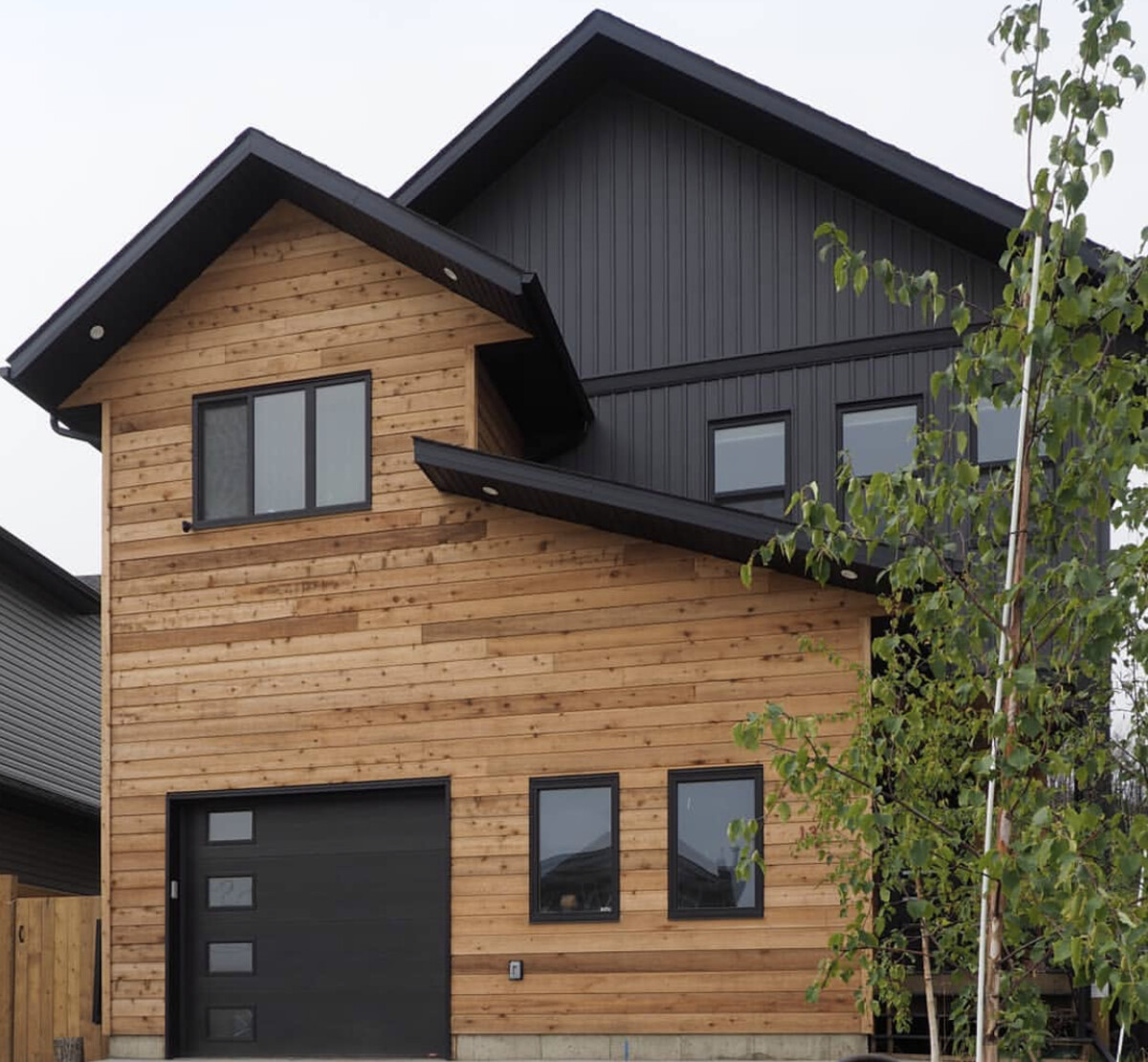
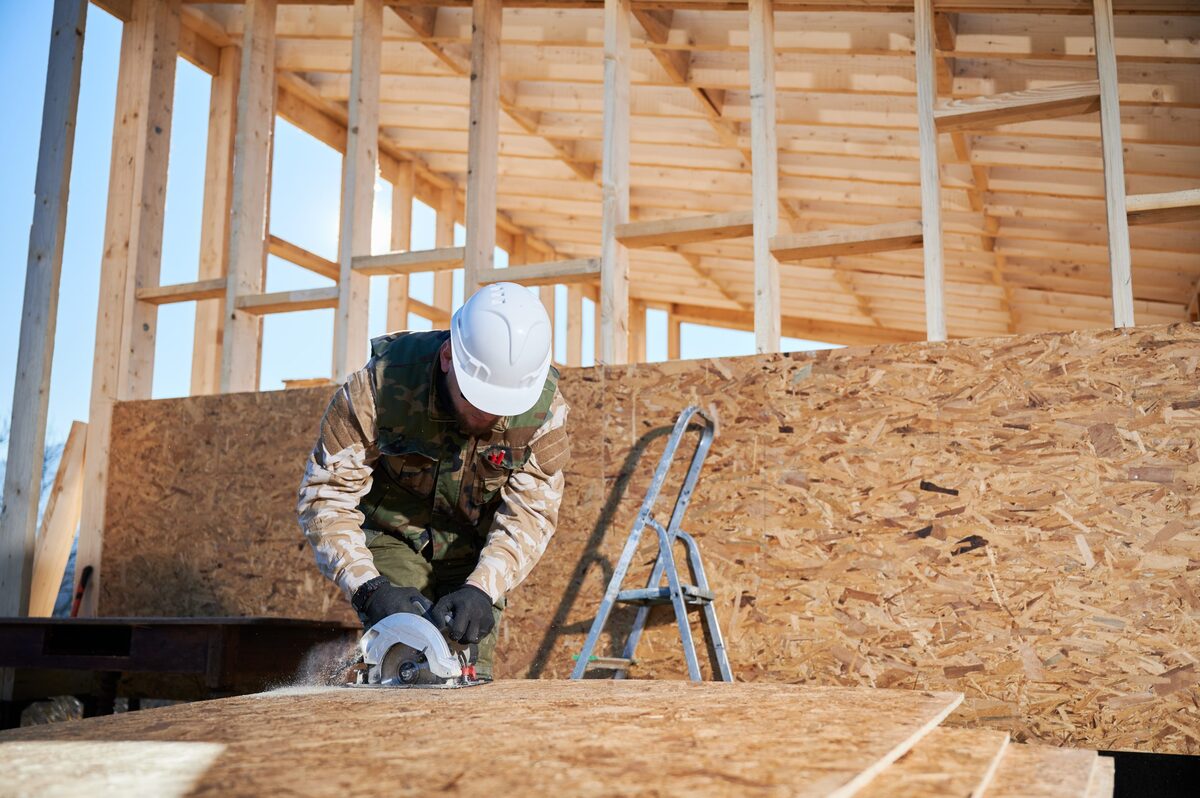
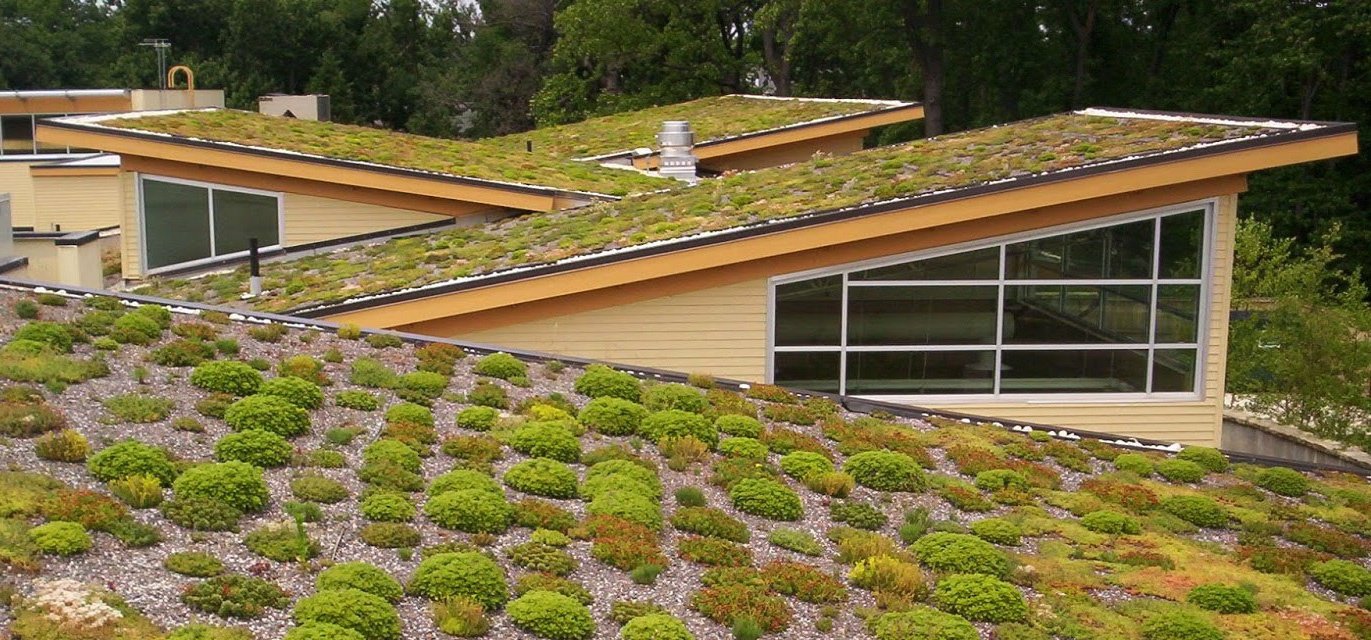
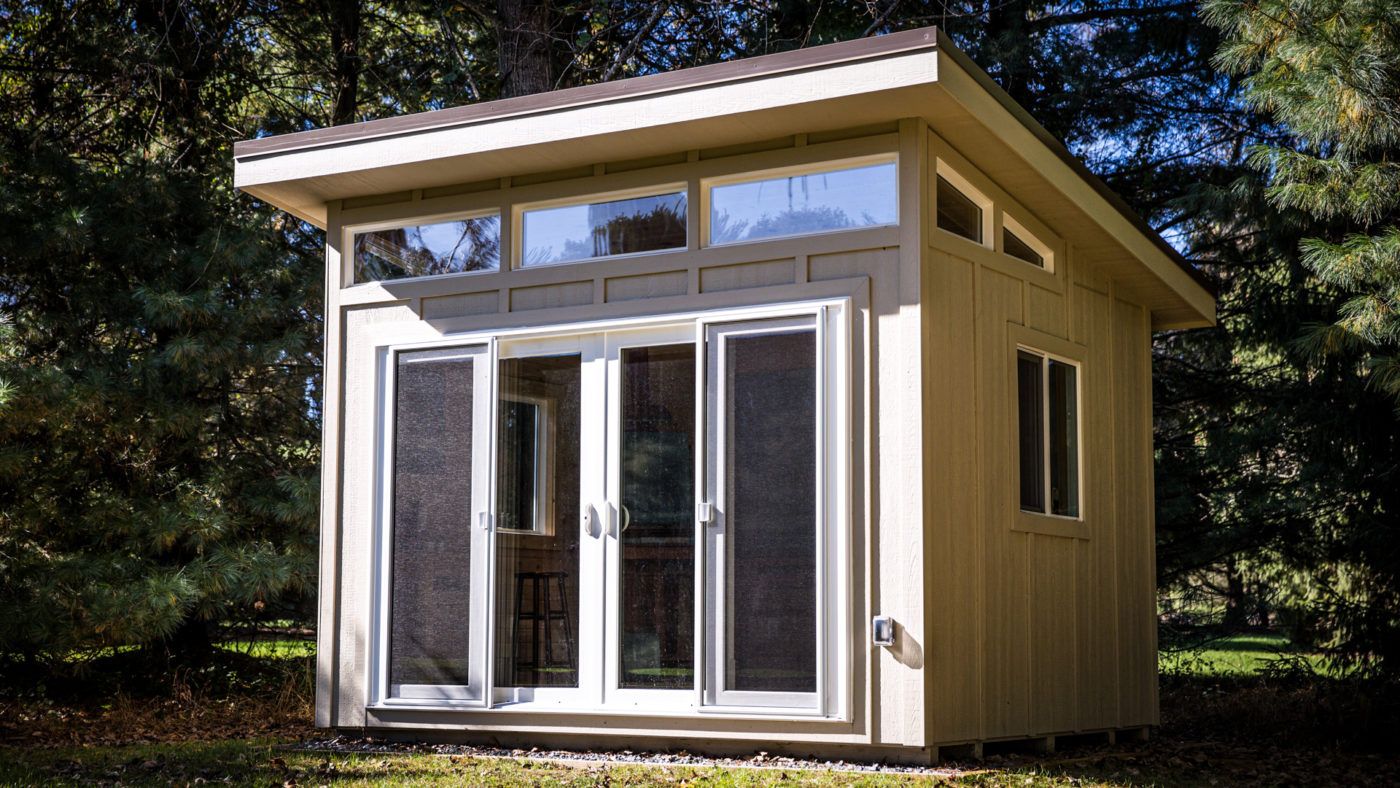
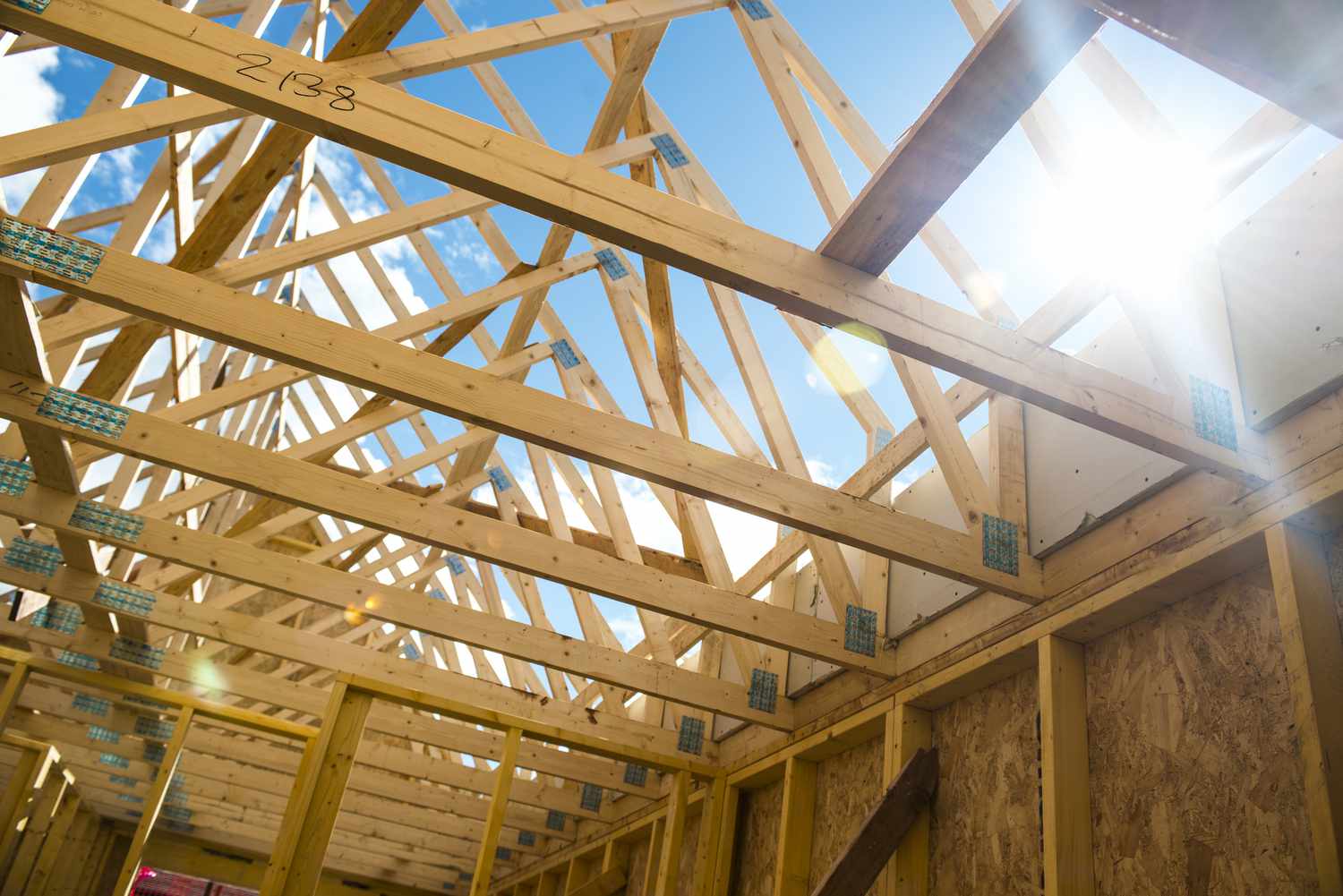

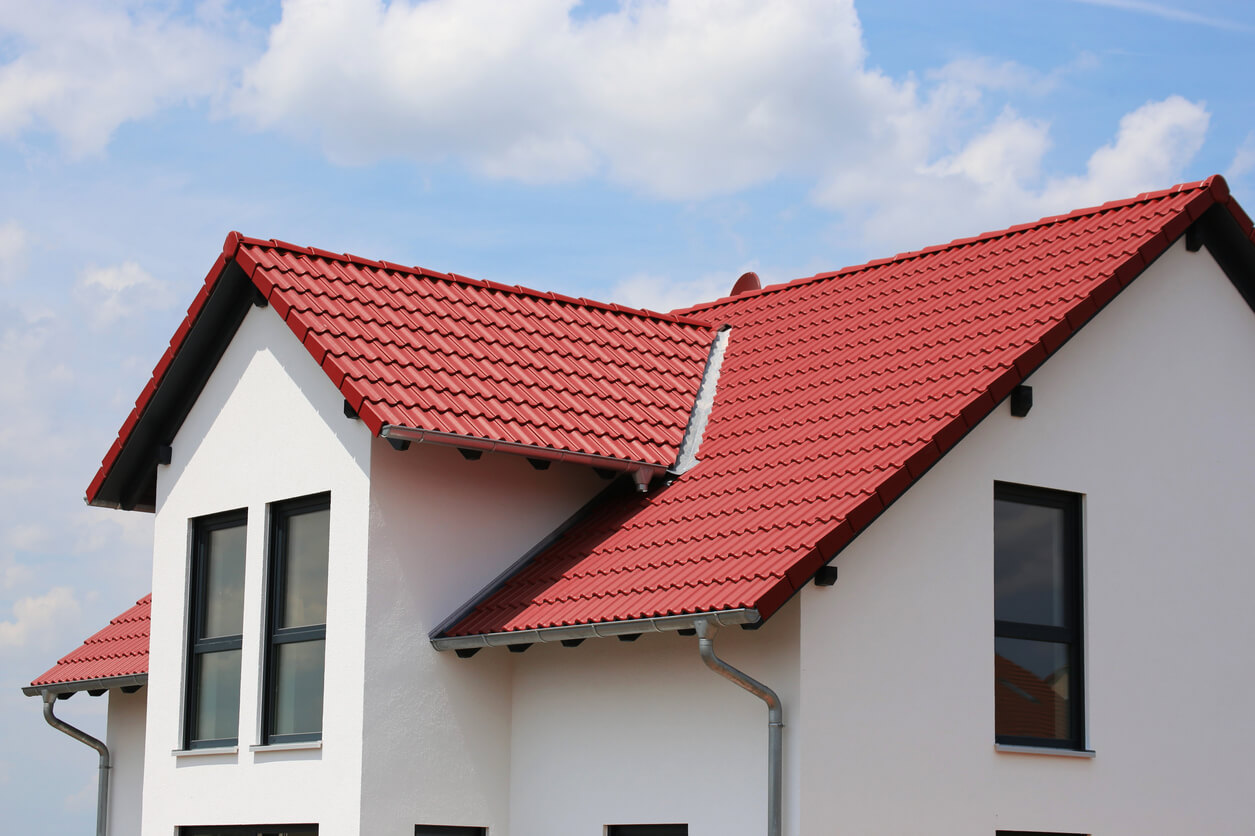
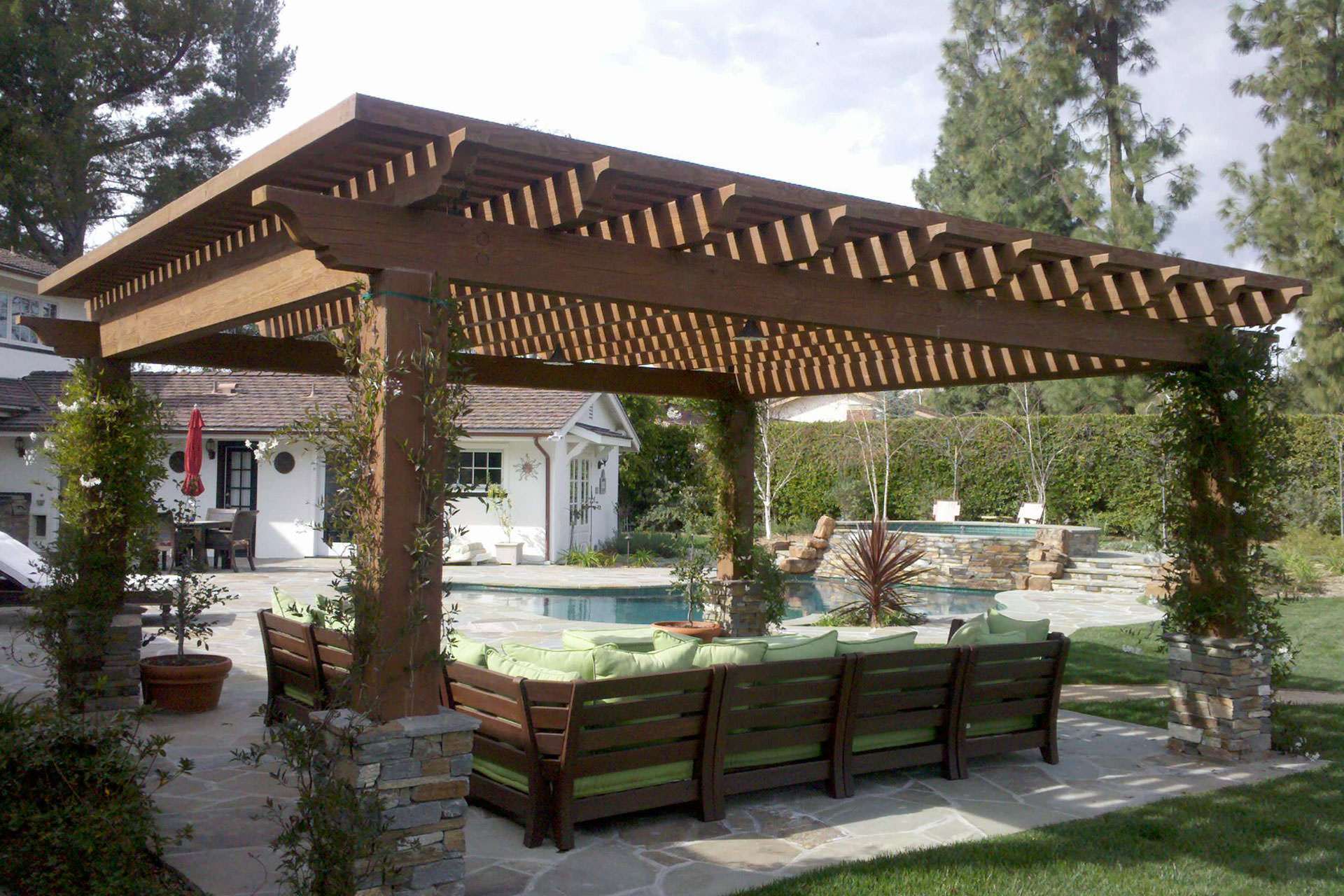
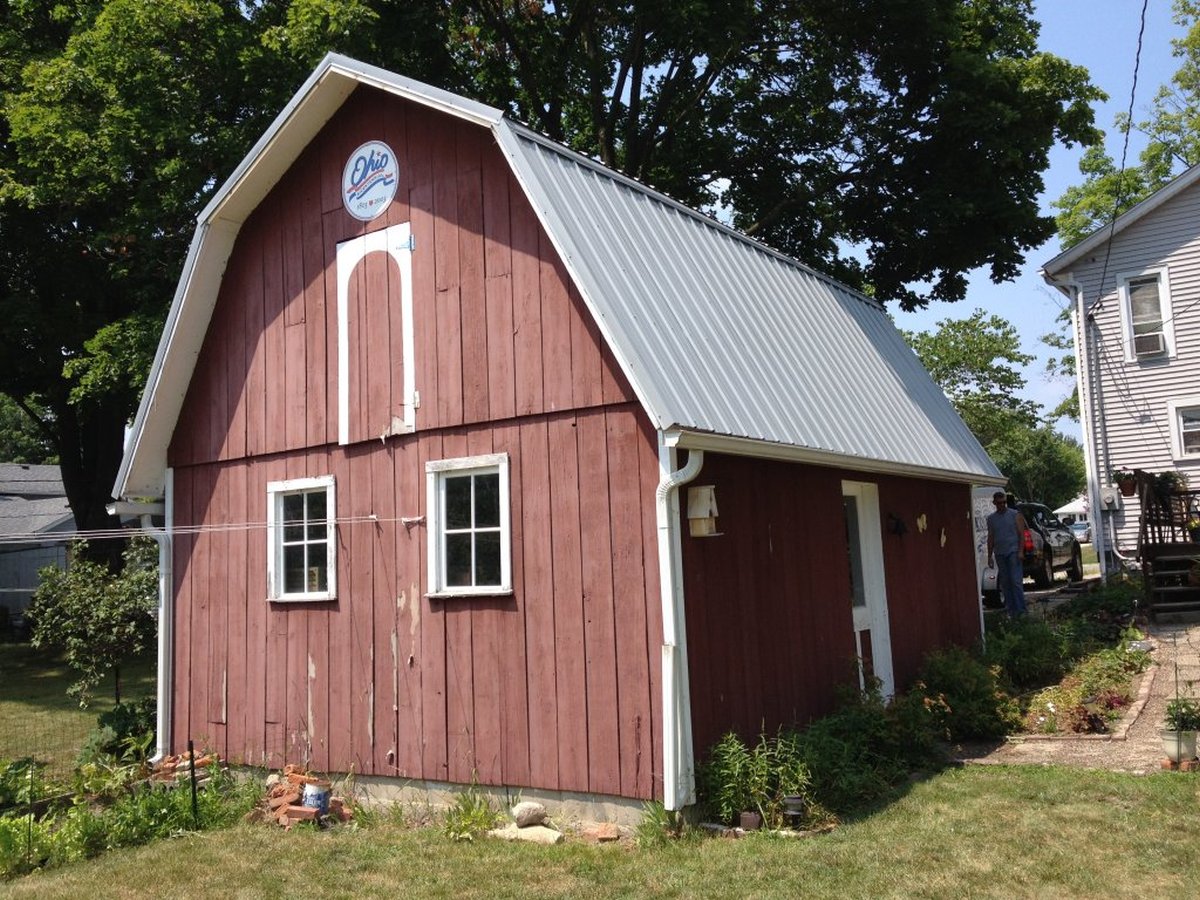

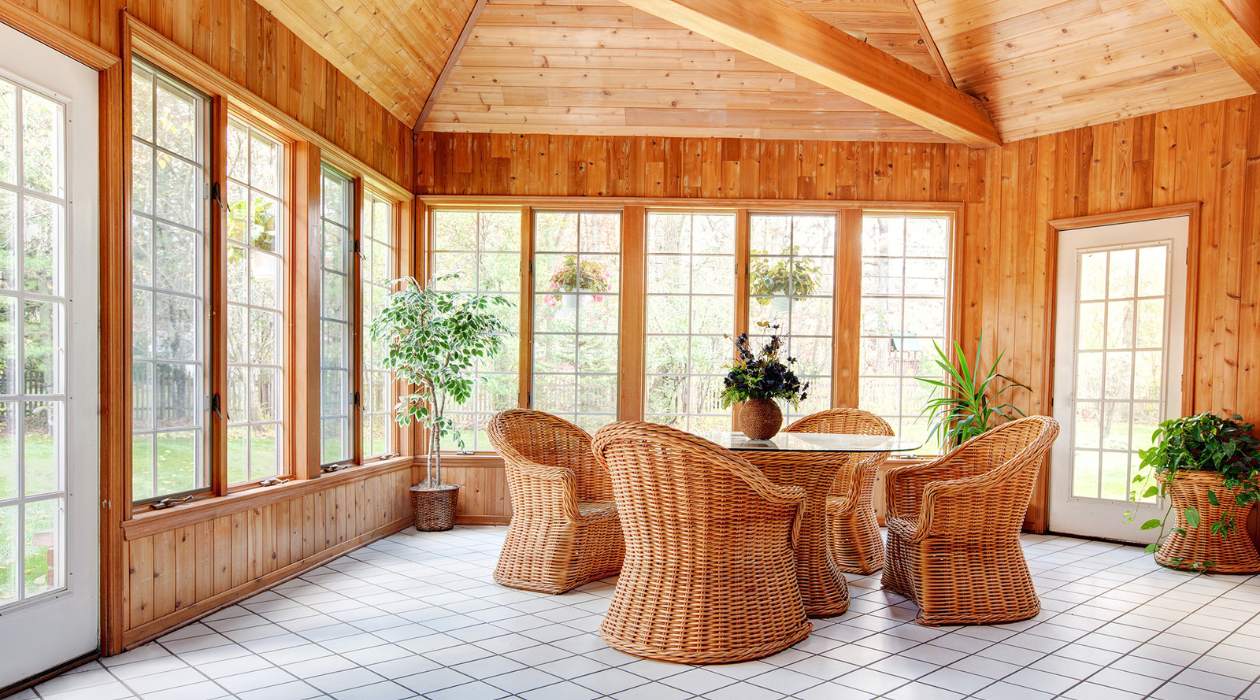
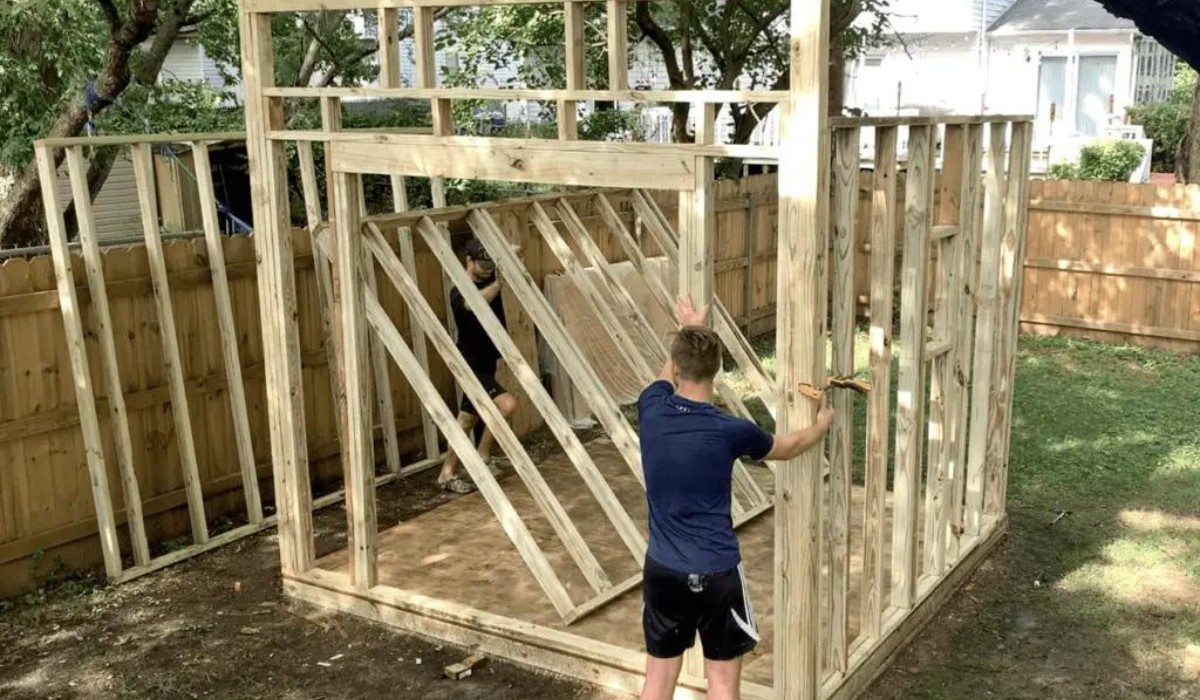
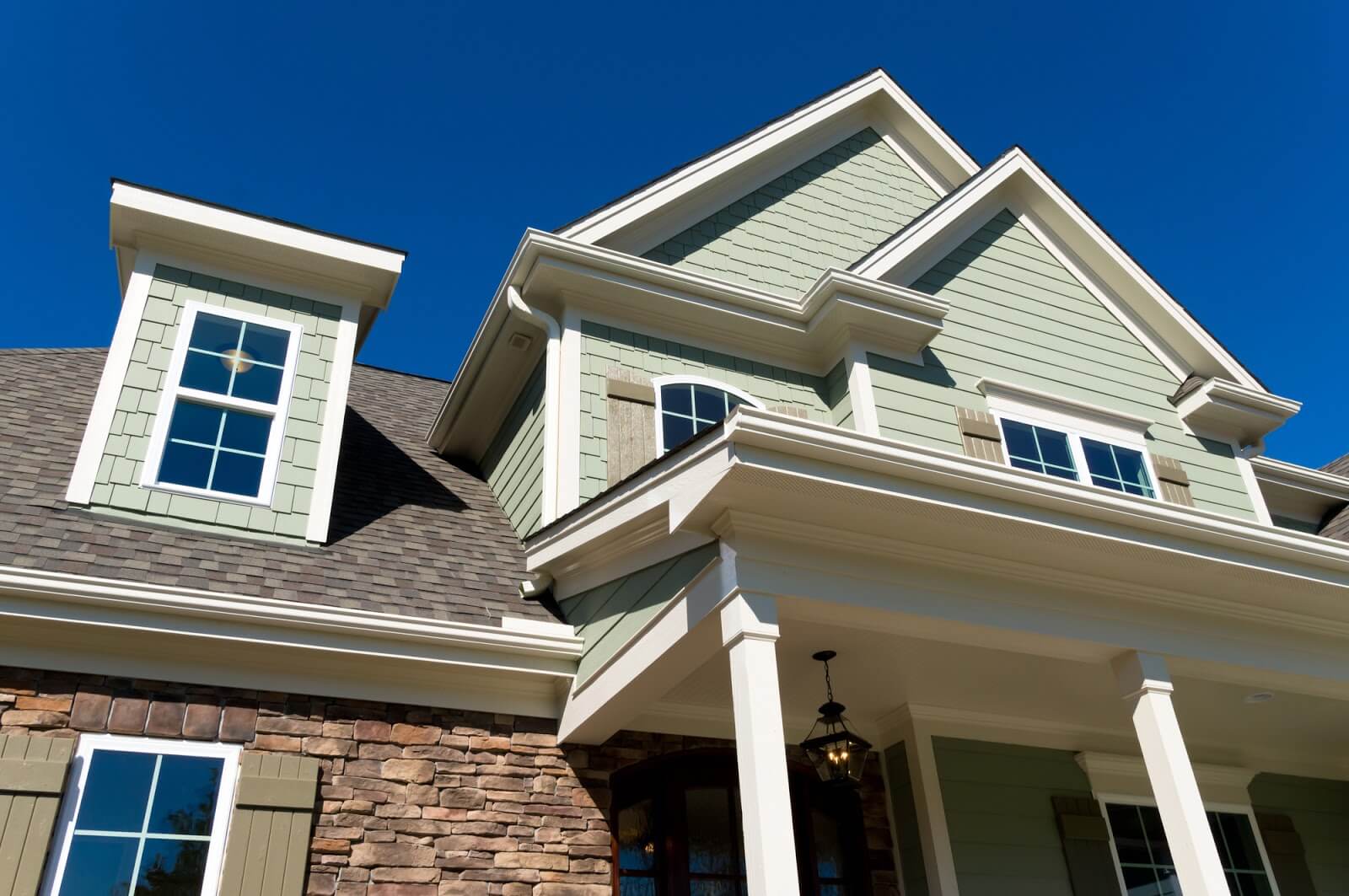
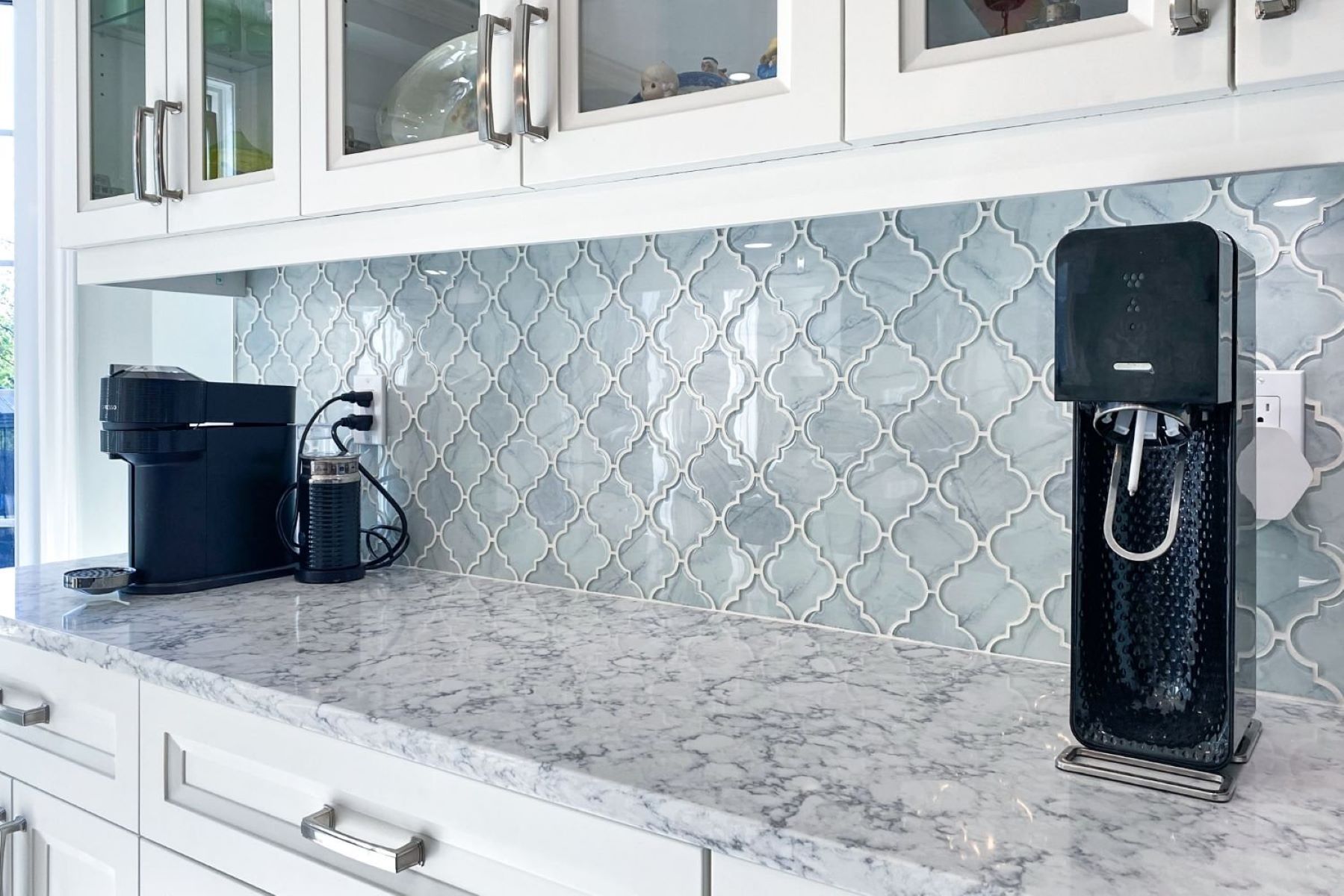

0 thoughts on “What Is Shiplap? A Guide To The Popular Building Material”